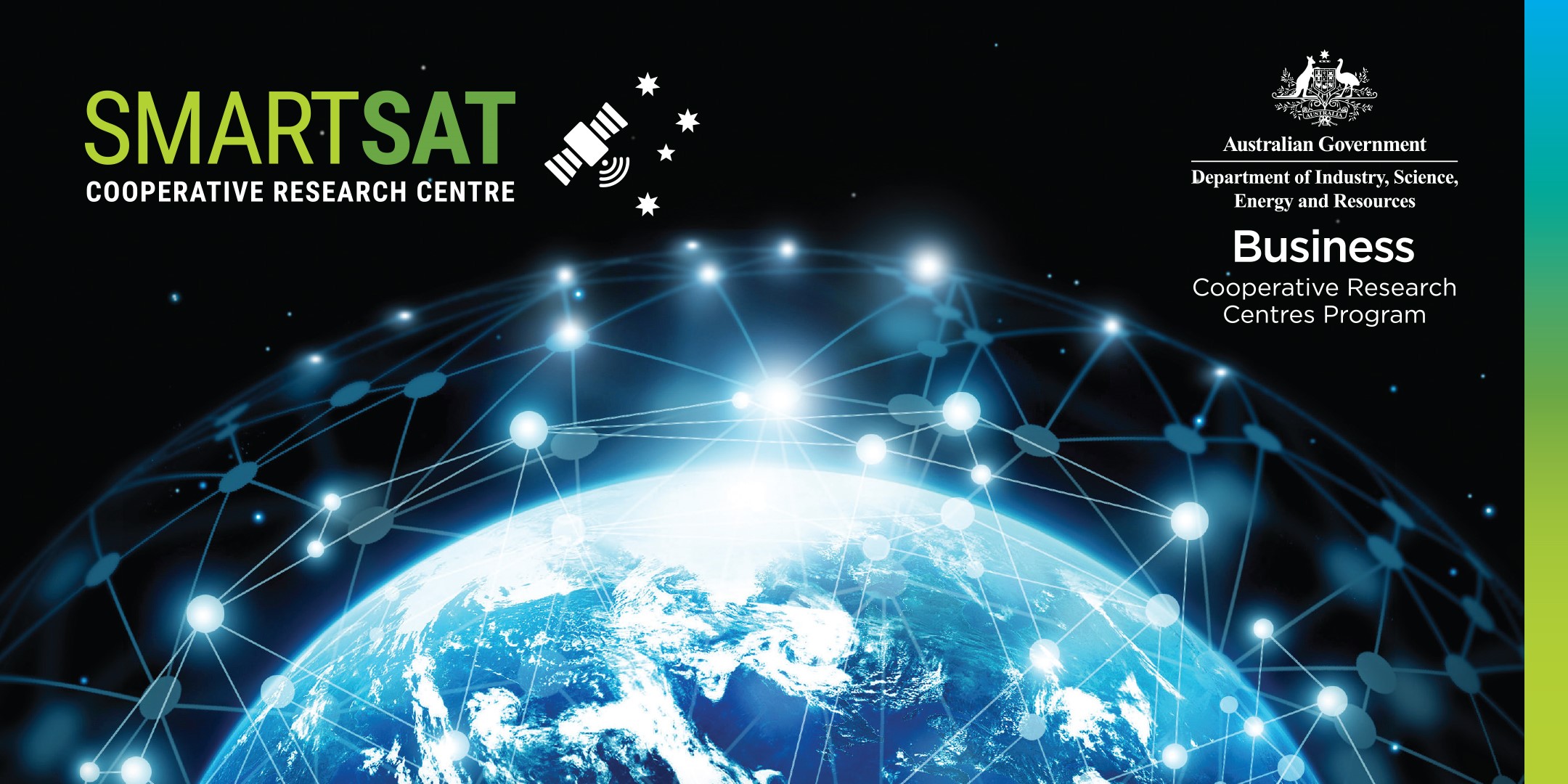Home Events SmartSat Distinguished Speaker Series – Professor Kay-Soon Low (Smartsat Partner event only)
SmartSat Distinguished Speaker Series – Professor Kay-Soon Low (Smartsat Partner event only)

Date: Wed 24 Jun 2020
Time: 4:00 pm
Location: Online
Register
Professor Low is Director, Satellite Technology and Research Centre (STAR) at the National University of Singapore. He is also a Professor in the Department of Electrical and Computer Engineering at the National University of Singapore.
Small satellites weighing less than 50kg with a dimension of smaller than a laser printer has become popular in recent years due to the reduced cost and development time. They have opened up space as the next frontier for civilisation and is part of what the industry has coined as “New Space”, which refers to the increased accessibility for commercialisation in space and the recent boom in the nano and micro satellite industry. These satellites are used by universities across the globe, governmental space agencies such as NASA and commercial companies for space science experiments and commercial applications. On 15 Feb 2017, the Indian launched vehicle PSLV-C37 successfully lifted 103 of such satellites with 96 for commercial use. NASA had sent 2 such satellites to Mars in 2018 while the commercial company such as Planet Labs has launched hundreds of such satellites.
In the National University of Singapore (NUS), the Satellite Technology And Research Centre (STAR) is presently building five of these satellites to be launched in 2022 for formation flying, inter-satellite communication and maritime applications. With a patented satellite bus design, STAR is inspired to be a world-class centre for advanced distributed satellite systems using multiple satellites flying in formation, constellation or swarm. In this lecture, a brief history of the cubesat will be presented. Some of the earlier satellite programs conducted in the Satellite Research Centre of Nanyang Technological University (2003-2016) while Professor Low served as the centre director will then be discussed. The satellites from these programs range from 0.3u to 6u (VELOX-PII, VELOX-PIII, VELOX-I, VELOX-II, AOBA VELOX-III etc) as well as two 100kg class microsatellites (X-SAT, VELOX-CI). Some of the innovative features will be highlighted. In-orbit experiments from these programs include remote sensing, fault tolerant system, peak power solar energy tracking, model predictive control, radio occultation experiment, precision navigation and inter-satellite data relay system have been successfully demonstrated.
In the second part of the lecture, some of the latest efforts in developing 12u to 27u satellites in STAR@NUS will be presented. The flagship program of STAR is a formation flying program with 3 sets of 12u satellites (Lumelite-1, -2 and -3). Its potential applications include collaborative sensing, tracking of assets such as ship or aircraft etc. Another 12u satellite program for maritime safety and communication program (Lumelite-4) using the VDES (VHF data exchange system) system will also be discussed. Finally, Professor Low will present inter-satellite communication with high data rate program (Lumelite-5). All these satellites are under development and will be completed for launch in the year 2022 onwards.
More information on Professor Low’s Lecture can be found on the registration page.